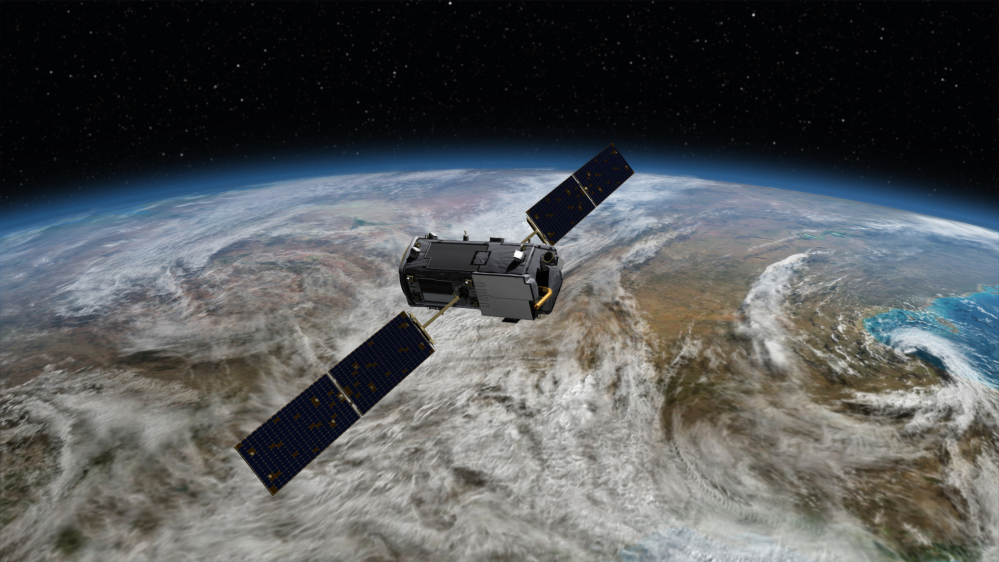LOS ANGELES — Five years after a NASA satellite to track carbon dioxide plunged into the ocean after liftoff, the space agency is launching a carbon copy – this time on a different rocket.
The $468 million mission is designed to study the main driver of climate change emitted from smokestacks and tailpipes. Some of the carbon dioxide is sucked up by trees and oceans, and the rest is lofted into the atmosphere, trapping the sun’s heat and warming the planet.
NASA suffered a major scientific – and financial – disaster in 2009 when a rocket carrying the original satellite plummeted into the waters off Antarctica minutes after soaring from Vandenberg Air Force Base along the central California coast.
After the loss, engineers went back to the drawing board and built a nearly identical twin that was set to launch before dawn Tuesday.
Instead of using the same rocket, the replacement will be flown on a Delta 2, a workhorse booster that once faced a murky future.
Scientists who have no role in the mission welcomed the latest flight attempt.
They said it would have taken even longer to get to the launch pad with a completely new design.
“We don’t have time to waste. We need solutions now,” said Elisabeth Holland, a professor of climate change at the University of South Pacific in Fiji who helped write the 2007 Intergovernmental Panel on Climate Change report.
There has not been an Earth-observing satellite dedicated to tracking carbon dioxide since the Japanese launched one in 2009.
“It’s really the fate of carbon dioxide once it’s in the atmosphere that we’re trying to really put our finger on,” project scientist Michael Gunson of the NASA Jet Propulsion Laboratory said during a recent pre-launch news conference.
Since the industrial age, the concentration of carbon dioxide in the air has increased dramatically.
Some 40 billion tons of the greenhouse gas are pumped out yearly from the burning of fossil fuels.
About half ends up trapped in Earth’s atmosphere while a quarter is absorbed into the ocean. Another quarter is sucked up by trees and plants.
The mission, designed to last at least two years, will identify places on Earth responsible for inhaling carbon dioxide.
“This will allow us to understand what processes are controlling how much carbon is absorbed in a given time and place,” Anna Michalak, a scientist at the Carnegie Institution for Science who is not part of the mission, said in an email correspondence.
Scientists hope for better luck at the upcoming launch of Orbiting Carbon Observatory-2, or OCO-2 for short.
After the 2009 failure, a team of experts appointed by NASA traced the problem to a piece of rocket hardware – the nose cone protecting the satellite – that did not separate as planned.
The new mission costs almost twice as much as the original, mainly because it will ride on a more expensive rocket. Engineers also had to swap out obsolete parts, adding to the mission price tag.
Once in polar orbit 438 miles high, the satellite will circle Earth every 100 minutes, measuring carbon dioxide levels.
Send questions/comments to the editors.



Success. Please wait for the page to reload. If the page does not reload within 5 seconds, please refresh the page.
Enter your email and password to access comments.
Hi, to comment on stories you must . This profile is in addition to your subscription and website login.
Already have a commenting profile? .
Invalid username/password.
Please check your email to confirm and complete your registration.
Only subscribers are eligible to post comments. Please subscribe or login first for digital access. Here’s why.
Use the form below to reset your password. When you've submitted your account email, we will send an email with a reset code.